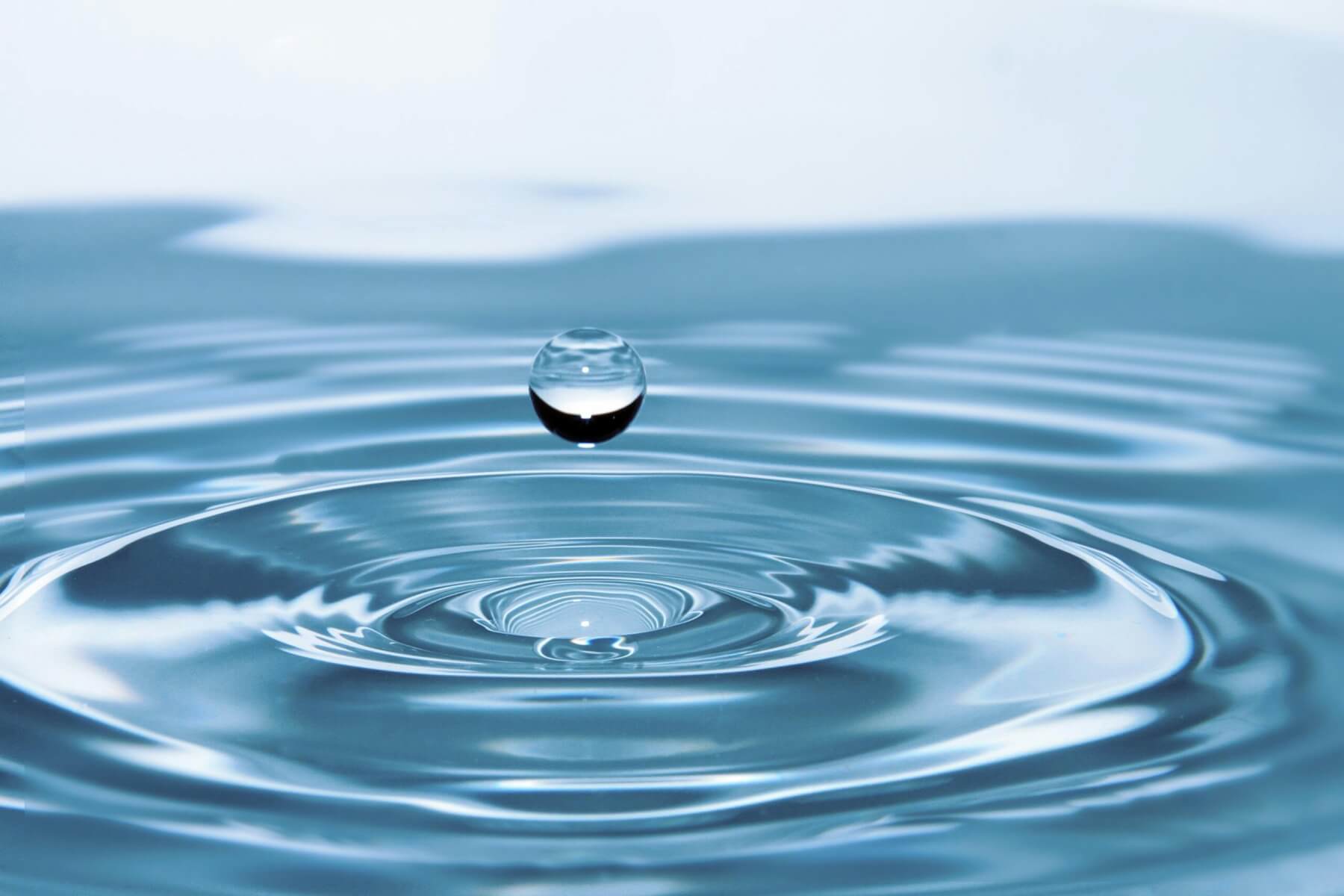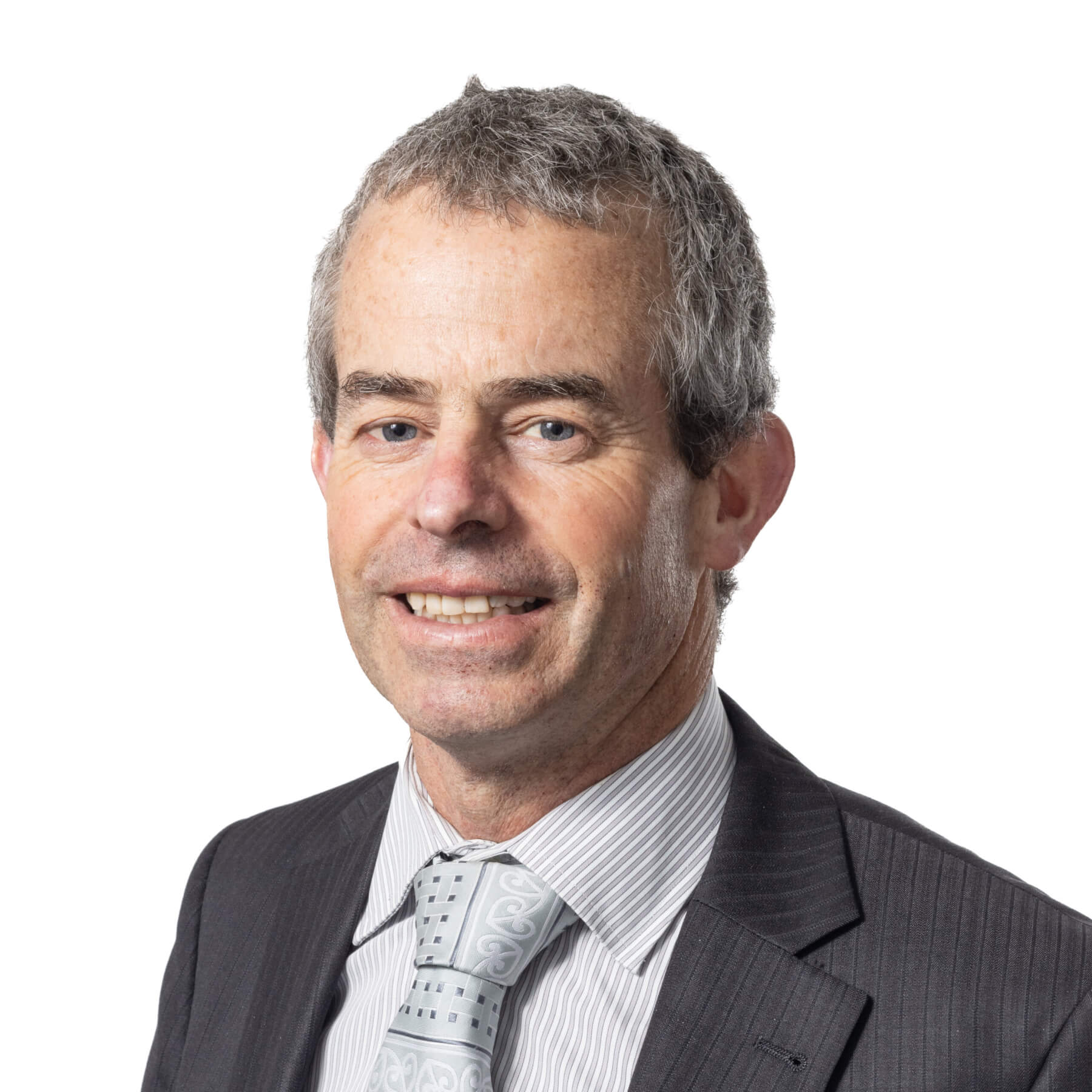Waikato Regional Council (WRC) recently approved a submission on the government’s proposed new wastewater environmental performance standards that are intended to be rolled out across New Zealand.
Taumata Arowai is the water services regulator for NZ and is managing this consultation process on behalf of the government. Taumata Arowai was established by the government following the Havelock North campylobacter outbreak in 2016.
District and city councils throughout NZ have consents to discharge treated wastewater and stormwater.
Regional councils are the authorities responsible for the consenting of wastewater and stormwater discharges. Regional councils and their communities have the authority to set limits for discharges to land and water via consent conditions that reflect the values of the local community and the values and attributes of the receiving environment.
However, this change proposes changes that affect how wastewater standards are made and implemented. The amendments direct councils to implement any requirements imposed as part of a wastewater standard in a new consent, and concerningly, they mean that regional councils cannot include any conditions in a consent which are more or less restrictive than the new standards dictate.
Regional councils will still be the regulator but will have very little say on behalf of their communities on what these new standards are. Of real concern is that many of the existing consented municipal wastewater discharges in the Waikato have contaminant discharge standards that are of higher quality than what these new proposed standards will require.
Meaning that implementation of these new standards would see an increase in contaminants being discharged into the environment, effectively undoing significant work and investment that has been made by councils and their communities upgrading their wastewater treatment plants across the region.
This also will have the effect of undoing the work that other sectors such as farming have been doing with riparian planting and other measures to improve water quality.
Meaning if we are to continue on our journey of improving water quality across the region, other sectors such as farming will have to take up the slack.
A good example of this is the Lake Taupō Protection Project that was initiated to maintain the water quality in Lake Taupō. It imposed very restrictive requirements on farmers in the Taupō catchment, requiring them to reduce their stocking rates and associated production in order that a 20 per cent reduction in nitrogen discharge from both farming and industry could be made. Those reductions are now locked in place for 999 years.
To assist those farmers in making that transition, every ratepayer in the Waikato region contributed approximately $10/ratepayer/annum for 15 years; $81 million of public money was invested. These standards will in effect undo all of that work and investment. WRC has submitted strongly that it does not support what is proposed and explained why.
And for those interested, the Ministry for the Environment recently released its three yearly state of the environment report.
While the report contains some positive stories, it also highlights some concerning issues with regards to our environment, and the risks that these issues present to the quality of life for future generations.











